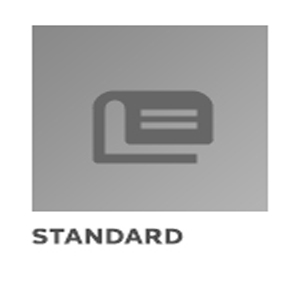IEC 61188-5-1 : 1.0
IEC 61188-5-1 : 1.0
PRINTED BOARDS AND PRINTED BOARD ASSEMBLIES - DESIGN AND USE - PART 5-1: ATTACHMENT (LAND/JOINT) CONSIDERATIONS - GENERIC REQUIREMENTS
International Electrotechnical Committee




